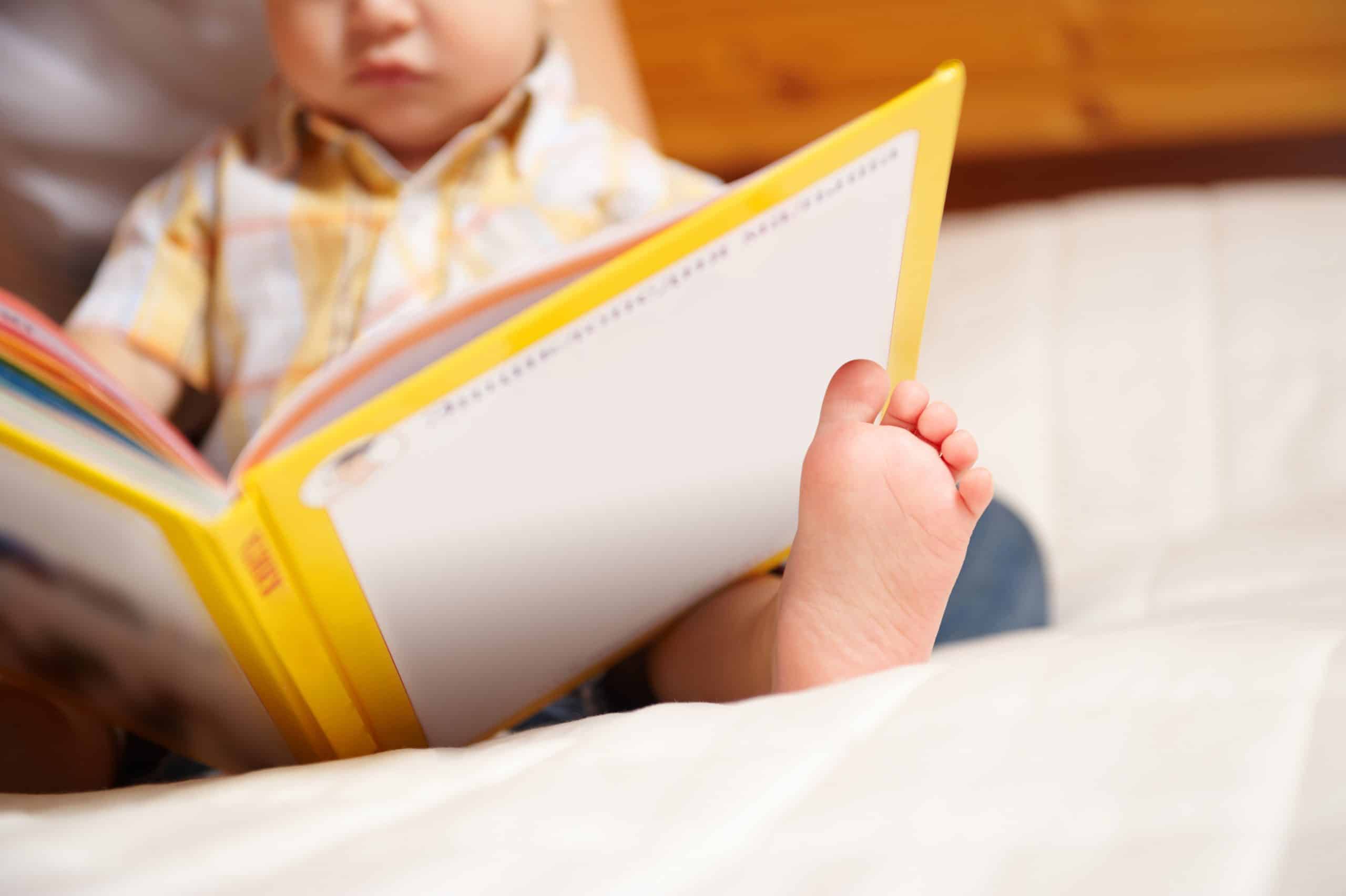Parent-Child Activities to Promote Language and Literacy
Walk around your house or neighborhood with your toddler. Point out and name different objects. Encourage your child to repeat the words after you. Ask your child where he wants to go next and follow his lead. See if he points to “ask” you what an object is.
Cut pictures of animals from magazines or take photos of animals in your neighborhood (cats, dogs, birds, etc.). Glue these pictures to sturdy 4×6 index cards. Punch a hole in the upper left corner of each card and tie them together with a short piece of yarn. Show your toddler each page, name the animal, and make its sound. Which animal is your child’s favorite? Which animal sound can he make first?
Cut pictures of animals from magazines oToddlers enjoy helping out. Give your child a simple task: Go get your shoe. Make sure the object is in sight. As her receptive language (the words she understands) grows, you can ask your child to get a familiar object that is not in sight: Can you find your dump truck. This is a great way to help your toddler learn new words and to listen and follow directions.r take photos of animals in your neighborhood (cats, dogs, birds, etc.). Glue these pictures to sturdy 4×6 index cards. Punch a hole in the upper left corner of each card and tie them together with a short piece of yarn. Show your toddler each page, name the animal, and make its sound. Which animal is your child’s favorite? Which animal sound can he make first?


